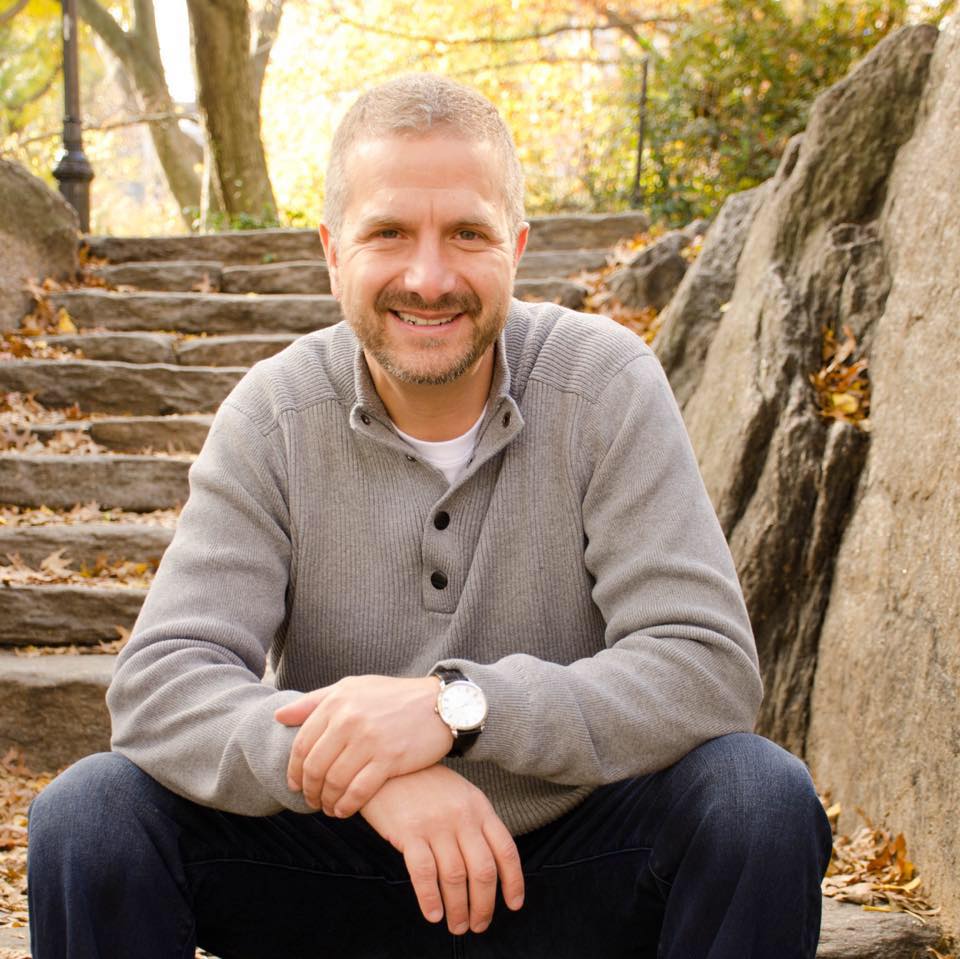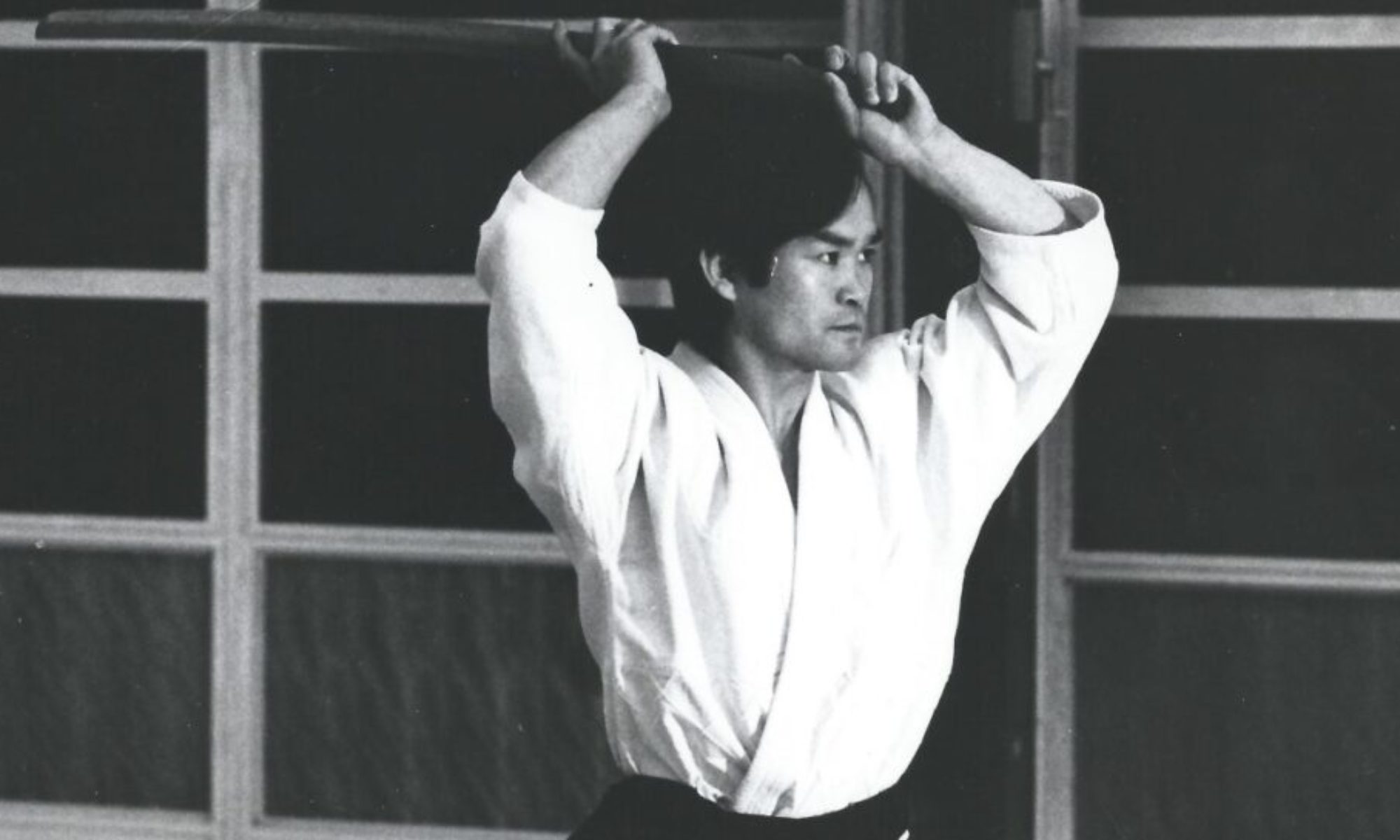Phil Mansour, September 2019

For years I stated a passionate opinion. Eight years ago, I was encouraged to capture this opinion in writing since my “journey has been different than many”. I struggled with the notion that somehow, there was anything unique about my Aikido experience. Isn’t everyone’s path in Aikido unique? In recent years as I travel, hearing others’ journeys, learning as much as I can and passing on as much as I can from those lessons, I finally found the inspiration to put my views into text.
I will provide a bit of background: I first saw Aikido in 1983 at Michigan State University. To me, it was the best example of applied physics among human interactions I could imagine. All I wanted was to be able to do “it”, even if it took a lifetime. I was an extremely uncoordinated computer geek; much later in life, I discovered I fell just outside the Autism Spectrum. My best friend’s father introduced me to “it”. I hung around the dojo, learning the philosophy from the Sensei and participants long before I ever stepped on the mat. Right out of high school in 1985, I joined the club dojo – a Yoshinkai dojo, which had beautiful Aikido and still exists today. I trained for about 18 months, passed a number of early tests, and then was banished because of some dojo politics with senior students. Though not in the dojo, I still practiced bokken (with very poor form) and read and dreamed about aikido.
In 1995, I stumbled onto a new Aikido club in town: a non-affiliated dojo, with instruction once a week. I began studying again in earnest. The group soon grew and joined the U.S. Aikido Federation (USAF) Eastern Region. Our fledgling group attended summer camps, seminars and traveled to a USAF Western Region dojo in Ann Arbor as often as possible. I passed my 5th, 4th, and 3rd kyu tests, dropping into dojos and seminars as I traveled. Five years later, Lansing, Michigan received a great gift from the Universe (at least in terms of Aikido) when Frank Apodaca Sensei moved into town. He took in our motley crew of dedicated students, beginning a new chapter in our journey.
It was obvious the standardization of the Birankai curriculum, the basics, and the body movement led by such an incredible instructor would be a wonderfully challenging journey. For years we studied. For YEARS we tested and retested and retested before anyone was awarded a new rank.
I continued to train on the road, often in San Diego and in other Birankai-affiliated dojos. When my only option was another style, I was almost always warmly welcomed and made numerous friends. This experience taught me there are many systems and ways to learn Aikido: affiliated and non-affiliated; beginning with the body then developing the mind; beginning with the mind and then developing the body; building strength, then working toward flow and softness; working from softness to then build power; and so on. In each approach to training lies various ways to measure performance and rank. Clearly, they all produce great Aikidoists, and it’s been my honor to train with many.
For me, progress in Aikido began when I found an extrinsic system I could trust to measure myself against, coupled with a gifted and patient instructor who unwaveringly transmitted the system. During years of intense training and struggle, blind to all the changes in my body and mind and lacking reference (since my classmates were improving as well), this system removed my concern about level, rank, and progress. I could simply submit to the process. Rarely, if ever, did I find someone in the community of a “higher rank” who wasn’t more skilled than I. This was a constant testimony to the measuring stick for which I had signed up and allowed me to relax further into the system. The system has an integrity which instills a sense of trust.
At the heart of that integrity are three simple, beautiful and powerful words: “Please Try Again”. These words are amazingly inspirational to me. They scream, “Phil, you can do better. You have more room to grow at this level. Go find it!” These words are an external validation of where I am in the system and where I am not. Absent of politics and external motivations, these words are the only reason the word “PASS” has any value.
I was honored last fall to participate as an uke in a test for kyu ranks ranging from 5th to 2nd kyu and practice tests for shodan and nidan. I was reminded how testing is really about looking into a mirror and seeing its clear reflection. I was thrilled that day to hear these three words. I saw the integrity of the system upheld by a next-generation instructor. I was also thrilled for all the students who heard these words. I spoke with the recipients of these three most important words, explaining how lucky it is to hear them on a 3rd kyu test, and that I too heard them a half dozen times on my 3rd kyu practice tests from Apodaca Sensei more than a decade and a half earlier.
Those hearing the word “Pass” had a bit more confidence in their ability.
The students appreciated me relating my experience and are continuing to work hard.
These words, “Please, try again”, administered by a community of instructors, generally of the same mind set, generally on the same curriculum, with generally of the same philosophy, continue to produce students who reaffirm the “trust” so crucial to a standard. The system is a classic feedback loop: the measuring stick gets stronger as these words are administered in a true and honest way. The system becomes stronger and avoids erosion. I may never reach another rank within the system. This is OK. What I know, and will never question, is the rank I achieved.
I continue to travel, 250+ days a year now. I train wherever and whenever I can, regardless of affiliation. I have visited more than 75 dojos across the world, many for only a single class, others for weeks or months of training. Thanks to the integrity of the Birankai system (because of those three words), I am confident in where I am and where I am not, and now have evolved to simply allow everyone I train with to be my mirror, my test.
Thirty-six years after seeing Aikido for the first time and wanting to be able to do “it” and twenty-three years after beginning Aikikai training, I still cannot. On rare occasions I can see in my uke’s eyes I am doing something close to “it”. I hope I have a number of years left to keep learning and getting closer to my goal. I never waiver in my confidence that following the Birankai system is the way for me to get further and allow me to always know where I stand.
The journey is well worth it.
